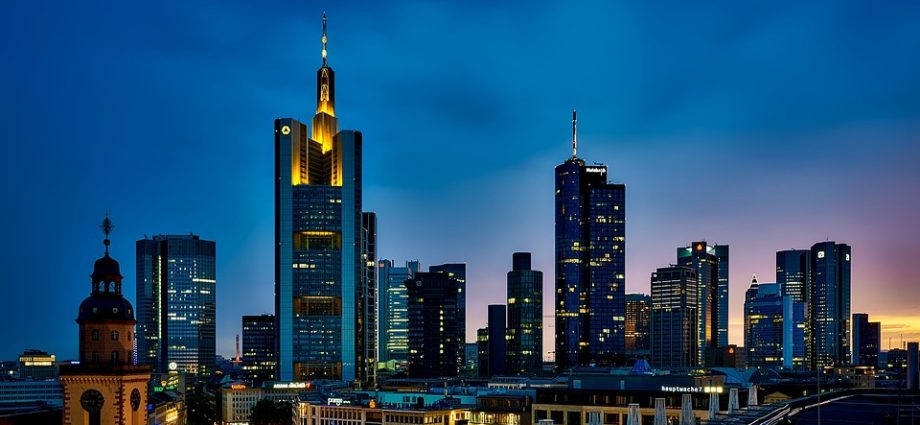Exploring Germany’s Cultural Diversity
Germany is known for its rich history, stunning architecture, and delicious cuisine. Its unique blend of traditions, cultures, and languages make it a fascinating destination for travelers seeking to experience something new. With over 80 million inhabitants, Germany is the largest country in Central Europe and boasts a diverse range of landscapes, from the majestic Bavarian Alps to the rolling hills of the Rhine Valley. In this article, we’ll explore Germany’s cultural diversity and highlight some of its top tourist attractions.
Cultural Diversity
Germany has a rich cultural heritage that is defined by its history, art, music, literature, and cuisine. The country has been influenced by various civilizations, including the Celts, Romans, Franks, and Saxons. Germany also has a strong artistic heritage, with famous figures such as Johann Sebastian Bach, Ludwig van Beethoven, Johann Wolfgang von Goethe, and Friedrich Nietzsche all hailing from the country.
Germany’s cultural diversity is reflected in its architecture. The country has a mix of ancient castles, baroque churches, and modern skyscrapers. Berlin, for example, has several examples of modern architecture, including the Sony Center and the Potsdamer Platz complex. In contrast, Munich is known for its stunning baroque buildings, such as the Nymphenburg Palace.
Germany has also embraced its multicultural identity, and the country is home to various ethnic communities. Turkish and Arab communities are most common, and their influence is reflected in the country’s cuisine. Döner kebab, falafel, and other Middle Eastern foods are now staple parts of German cuisine.
Top 10 Tourist Attractions
1. Neuschwanstein Castle– This stunning fairy-tale castle was built by King Ludwig II in the 19th century and has inspired many fairy-tales and its architecture is truly spectacular.
2. Berlin Wall– The Berlin Wall was erected during the Cold War era to separate the East from the West. The wall has since been dismantled, and visitors can now see parts of the wall that have been preserved in various locations across the city.
3. Brandenburg Gate– The Brandenburg Gate is one of the most iconic landmarks in Germany. It was built in the late 18th century and has since become a symbol of unity and peace.
4. Cologne Cathedral– This UNESCO World Heritage Site is one of the largest cathedrals in Europe and is a testament to the city’s Gothic architecture.
5. Neuschwanstein Castle – This stunning fairy-tale castle was built by King Ludwig II in the 19th century and has inspired many fairy-tales.
6. Oktoberfest– Oktoberfest is the world’s largest beer festival, held annually in Munich. Visitors can enjoy German beer, food, and music while soaking up the festival’s lively atmosphere.
7. Black Forest– The Black Forest is one of Germany’s most famous regions and is known for its picturesque scenery and dense forests.
8. The Romantic Road– The Romantic Road is a popular tourist route that runs through Bavaria and takes visitors through charming towns, stunning castles, and beautiful countryside.
9. Heidelberg Castle– This 16th-century castle is located in the city of Heidelberg. Its stunning Renaissance architecture and lush gardens make it a must-see destination.
10. The Rhine River– The Rhine River is an iconic part of Germany’s landscape and is known for its stunning scenery and historic towns. Visitors can take a river cruise and enjoy the views, sample local wines, or explore picturesque towns like Rüdesheim and Koblenz.
FAQs
Q: Is it safe to travel to Germany?
A: Yes, Germany is a safe country for tourists. However, like any other country, travelers should take some necessary precautions, and it is advised that tourists be mindful of their belongings and surroundings.
Q: What is the currency in Germany?
A: The currency used in Germany is the Euro.
Q: What are the most popular dishes in German cuisine?
A: Some famous dishes in German cuisine include Schnitzel, Bratwurst, Sauerkraut, and Strudel.
Q: What are the best months to visit Germany?
A: The best months to visit Germany are May to September. However, the winter season from November to February can also be charming, especially during Christmas markets.
Q: Do Germans speak English?
A: Most Germans speak English, especially in tourist regions. However, it always helpful to learn some basic German phrases.
In Conclusion, Germany is a fascinating blend of history, architecture, culture, and cuisine. Exploring its cultural diversity opens up a world of unique experiences to visitors from around the world, making it a must-visit destination. From stunning castles and cathedrals to charming towns and picturesque countryside, Germany has something for everyone.
